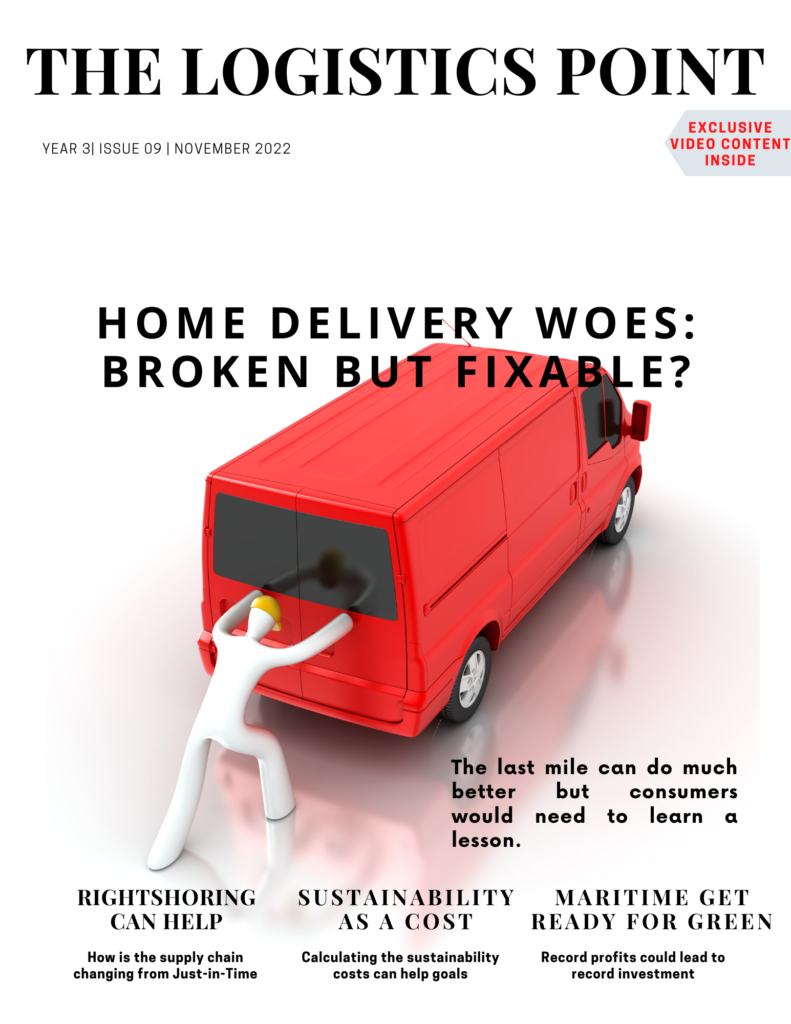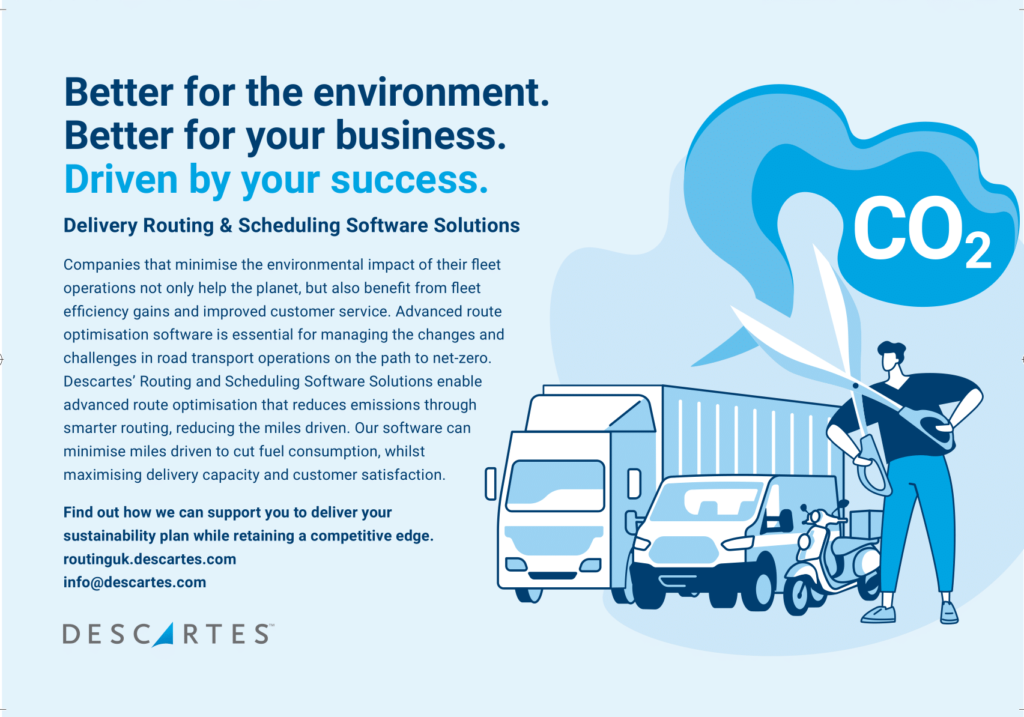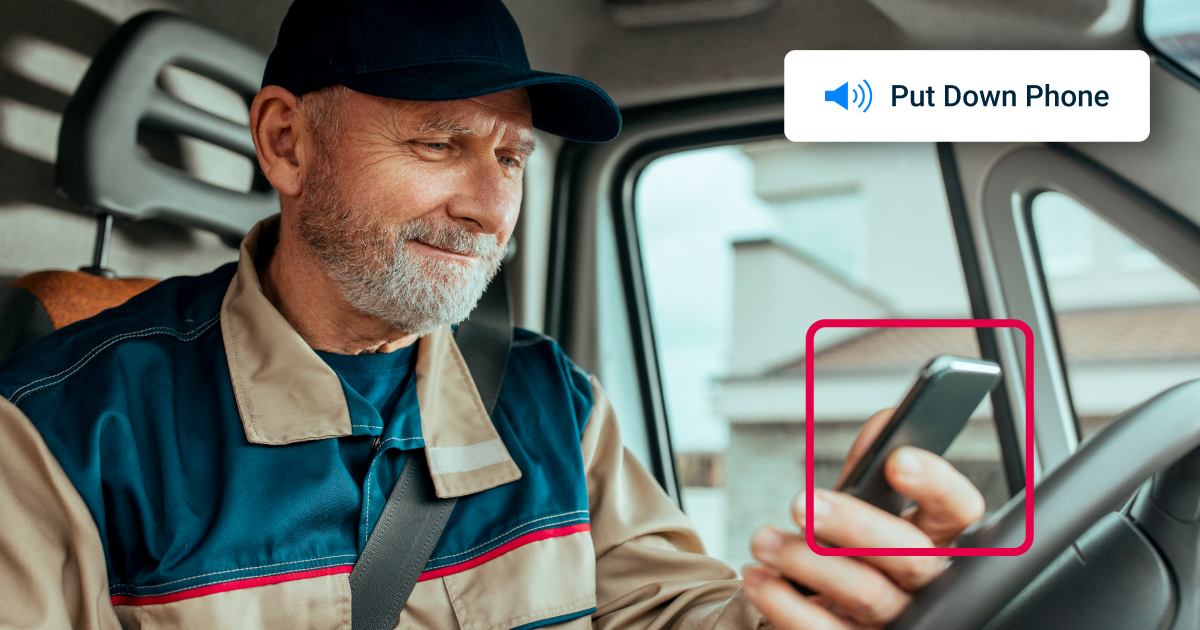‘Gamification is an important aspect in providing support for employees nowadays,’ begins Ingo Weigand, VP of Product Management, Samsara. But he continues by urging us to take a step back and look at why this is. There is a substantial trend in the logistics and supply chain industry to try and retain the workforce that is already there. Problems with labour shortages have only intensified and led to near wars for talent amongst the largest companies.

But SMEs, which make a huge part of the industry, also need to take part in the fight. Simply increasing the salary might not be the most logical and business sustainable way. And with the talk about how newer generations are looking for responsible employers, adding a personal touch might be the real differentiating factor.
‘You can use technology as an advantage to engage drivers and promote safety practices,’ Weigand reckons. Drivers are one of the groups that the industry has been struggling to retain and attract. Rewarding good behaviour and performance is a way to keep employees interested and stop them from switching for the next best offer.
The technology Samsara provides can detect safety levels and behaviour and then nudge the driver to change it. These little nudges don’t have to be sent to the managers who often are seen as the bad person. ‘Technology that looks at safety has a core real-time impact on the driver and ultimately on the company as a whole.’

This is where the idea of gamification comes into play. In addition Weigand also looks at empowerment. Drivers and employees in general, do not like to feel like they are children that cannot think for themselves. Self-correction is becoming an important aspect of how safety is perceived and also how the relationship between management and staff on the ground is built.
If your employees see you as the person who constantly tells them off, they might end up doing poorly on purpose. If a driver is following too closely another vehicle and that simply gets sent to the manager, this is not going to create a real-life improvement.
But having nudge technology that can help them correct unsafe behaviour adds a layer of empowerment. ‘You can set a certain threshold within which self-correction is the primary option,’ Weigand explains. ‘Many drivers see this as fair warning and that it actually keeps them safe without making them feel like a victim.’
Aggregating safety
By collecting the data and aggregating it, those drivers who have performed the best can be rewarded for their behaviour. This in turn would also encourage the others to follow suit. On the other hand, fleet operators can focus on those who are lagging behind and help them improve. ‘We have seen that such technology can not only drive safety up but also retention and engagement. One organisation reduced the usage of mobile phones while driving by 80%.’ Another saw a reduction of accidents by 86% and 50% improvement in the retention of drivers.
For those who are not sold on the idea, Weigand says it is no more different to other nudges that we all rely on in our daily lives. ‘There is a piece of change management, of course.’
But why Gamefy?
Why should companies even think about it? ‘For me it is about how you think about motivating your team, ‘Weigand explains. ‘Times have changed and Gamification is a way to make people feel proud of their work and make them excited about their job.’ ✷



